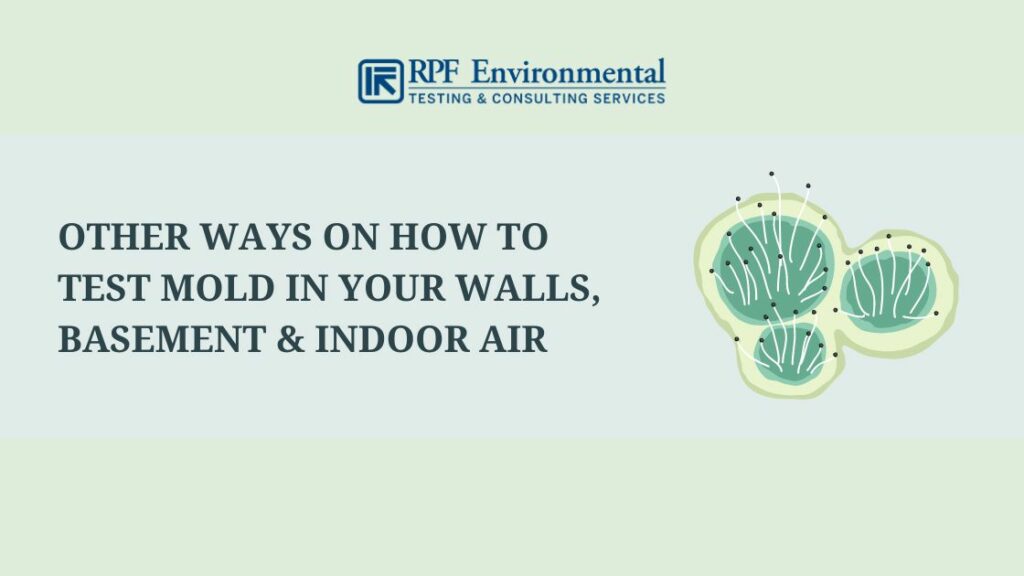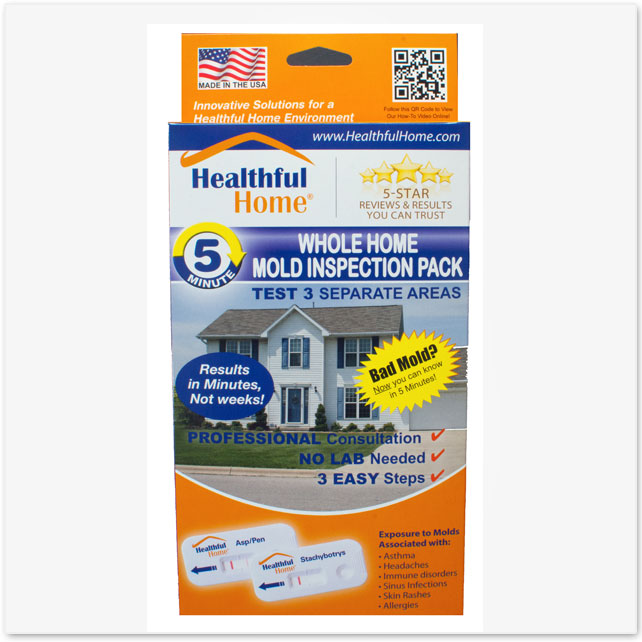Maximize Your Compliance with Relied on Mycotoxin testing Services Solutions
Maximize Your Compliance with Relied on Mycotoxin testing Services Solutions
Blog Article
How Mycotoxin Testing Assists Protect Against Contamination and Guard Food Supplies

Mycotoxin screening is an indispensable method in the food sector, offering as a frontline protection versus contamination by hazardous toxins generated by molds. With the application of innovative techniques like High-Performance Liquid Chromatography (HPLC) and Fluid Chromatography-Mass Spectrometry (LC-MS), food manufacturers can accurately evaluate and spot mycotoxin levels in farming items.
Recognizing Mycotoxins
Understanding mycotoxins begins with recognizing that they are toxic secondary metabolites produced by certain molds, which can infect farming items. These metabolites are not crucial for the development or recreation of the fungis however can have serious implications for human and animal health. Mycotoxins are commonly found in staple plants such as corn, wheat, barley, and nuts, where they can multiply under certain conditions of moisture and temperature.
There are a number of types of mycotoxins, each produced by various fungal types. Aflatoxins, created by Aspergillus species, are amongst one of the most well-known, known for their cancer causing homes. Another substantial team includes ochratoxins, generated by Aspergillus and Penicillium varieties, which have nephrotoxic impacts. Fusarium species generate fumonisins and trichothecenes, both of which are connected with various intense and chronic wellness problems.

Risks of Mycotoxin Contamination
The risks of mycotoxin contamination are multifaceted, posing substantial hazards to both food safety and security and public wellness. Mycotoxins, harmful compounds created by particular kinds of fungi, can infect a vast array of agricultural items including cereals, nuts, seasonings, dried fruits, and coffee. When these contaminants penetrate the food supply, they can bring about severe health and wellness issues such as liver damages, kidney failure, and also cancer. At risk populations, including kids, the elderly, and immunocompromised people, are particularly at threat.
Economic effects are one more major problem. Polluted plants can result in considerable economic losses for farmers and food producers as a result of reduced returns and the demand for costly purification actions. Worldwide trade can be dramatically hindered as countries impose stringent mycotoxin laws to protect their populations, leading to declined shipments and stretched profession relationships.
Ecological variables such as climate change intensify the danger of mycotoxin contamination. Variations in temperature and humidity can produce positive problems for fungal development, raising the chance of contamination occasions. Hence, understanding and minimizing these threats are crucial for guaranteeing the security and stability of global food supplies.
Methods of Mycotoxin Testing
Accurately identifying mycotoxin contamination in farming items is crucial for guarding public wellness and keeping food security requirements. Different methods are employed to detect and quantify mycotoxins, each offering details benefits and restrictions.
High-Performance Liquid Chromatography (HPLC) is a widely made use of approach because of its high sensitivity and precision. It entails separating mycotoxins from other materials in an example, allowing accurate metrology. Liquid Chromatography-Mass Spectrometry (LC-MS) incorporates liquid chromatography with mass spectrometry to give in-depth molecular information, making it particularly valuable for determining multiple mycotoxins concurrently.

Gas Chromatography-Mass Spectrometry (GC-MS) and Thin-Layer Chromatography (TLC) are likewise employed, each with unique applications. GC-MS works for volatile mycotoxins, while TLC supplies a less complex, cost-efficient choice for initial screening.
Benefits of Normal Examining
Normal testing for mycotoxins Go Here in agricultural items supplies countless advantages, considerably adding to public wellness and food safety and security. By determining contamination early, routine testing aids avoid the distribution of toxic foods, thus decreasing the risk of mycotoxin-related illnesses amongst consumers. This proactive strategy not only safeguards human health yet likewise enhances the total high quality of food supplies.
Constant testing additionally supports governing conformity. Different nations and regions have actually established rigorous limitations for mycotoxin degrees in food and feed. Sticking to these restrictions with regular testing ensures that manufacturers and suppliers fulfill legal requirements, thereby preventing penalties and trade obstacles. Furthermore, keeping compliance cultivates consumer depend on and brand name track record, which are critical for market success.
Furthermore, normal mycotoxin screening can lead to significant economic benefits. Early detection of contamination permits prompt treatment, lowering potential losses from widespread contamination. Executing routine testing procedures can likewise decrease recall prices and relevant responsibilities, which can be monetarily devastating.
Furthermore, regular testing provides valuable data that can inform better agricultural practices and storage conditions. By understanding patterns of contamination, producers can take on safety nets, therefore lowering future threats and adding to the sustainability of the food supply chain.
Implementing Testing Methods
Applying reliable mycotoxin testing protocols is essential for guaranteeing the safety and top quality of farming products. Establishing a durable testing framework entails several essential steps, beginning with the identification of potential contamination factors within the production and supply chain. This includes pre-harvest, post-harvest, storage space, and distribution phases. Each stage must be scrutinized to determine where mycotoxin contamination is probably to occur.
Once important control points are recognized, selecting proper testing techniques is important. Usual techniques consist of enzyme-linked immunosorbent assay (ELISA), high-performance liquid chromatography (HPLC), and mass spectrometry (MS) Each technique has its weak points and strengths; hence, choosing the right one depends on the certain mycotoxin being examined, the needed level of sensitivity, and available resources.

Finally, integrating the screening protocols right into a detailed food safety monitoring system more info here is recommended. This boosts traceability and allows speedy restorative activities when contamination is found, thus guarding the stability of the food supply chain.
Verdict
Mycotoxin screening is essential in avoiding contamination and securing food products by making it possible for very early discovery of harmful toxins produced by molds in agricultural products. Routine testing improves brand credibility, monetary stability, and depend on in food safety and security by decreasing contamination-related losses and keeping high criteria in food manufacturing.
Mycotoxin screening is a crucial technique in the food sector, offering as a frontline protection versus contamination by damaging toxic substances created by molds. An integrated method involving agricultural practices, storage space monitoring, and routine testing can reduce the risks linked with mycotoxin contamination, making certain food safety and security and public health and wellness.
The dangers of mycotoxin contamination are multifaceted, posing substantial dangers to both food security and public health.Regular screening for mycotoxins in agricultural products supplies many benefits, considerably contributing to public wellness and food security.Mycotoxin testing is crucial in stopping contamination and protecting food supplies by making it possible for early discovery of dangerous toxins generated by molds click for more in agricultural items.
Report this page